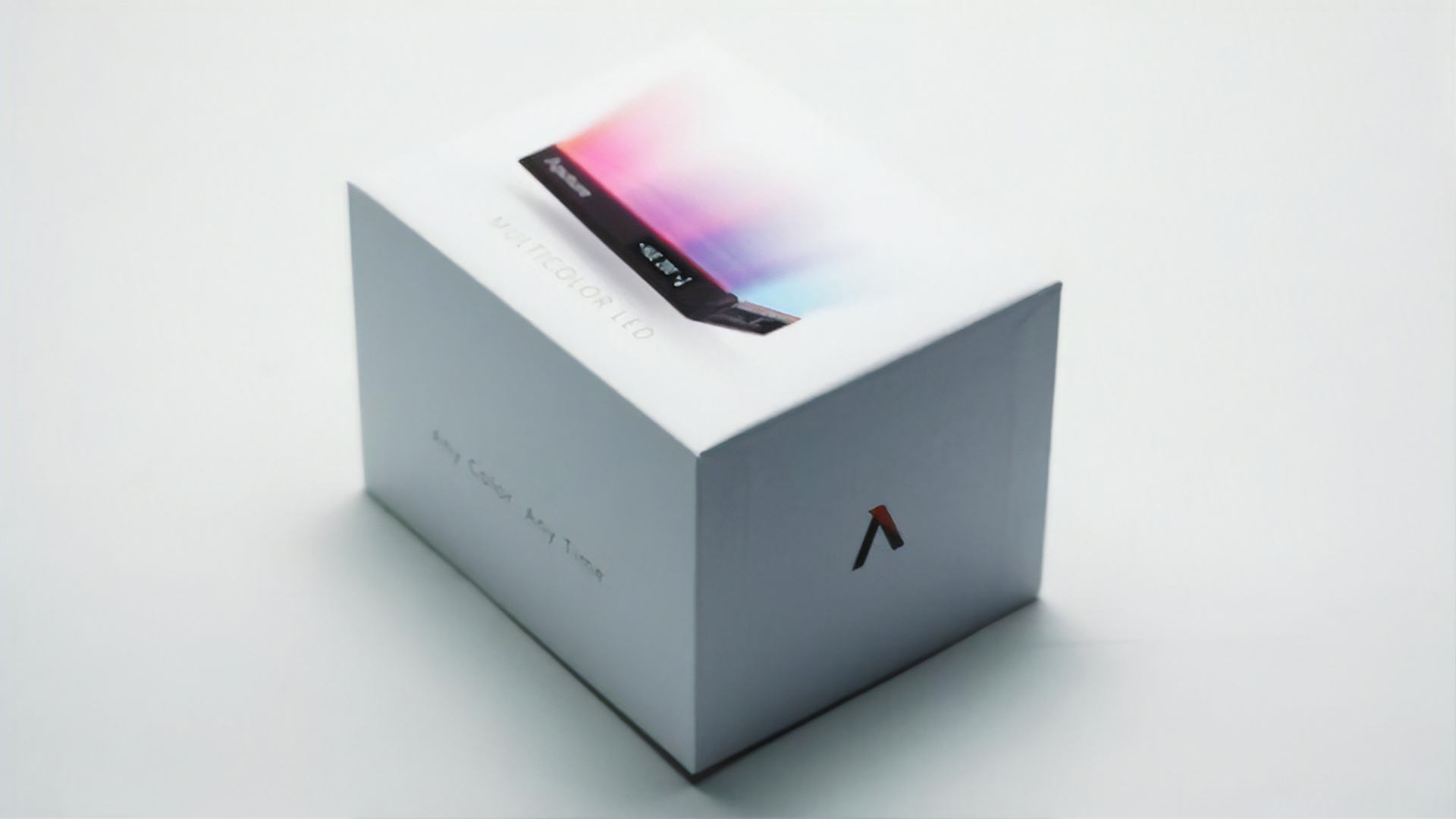
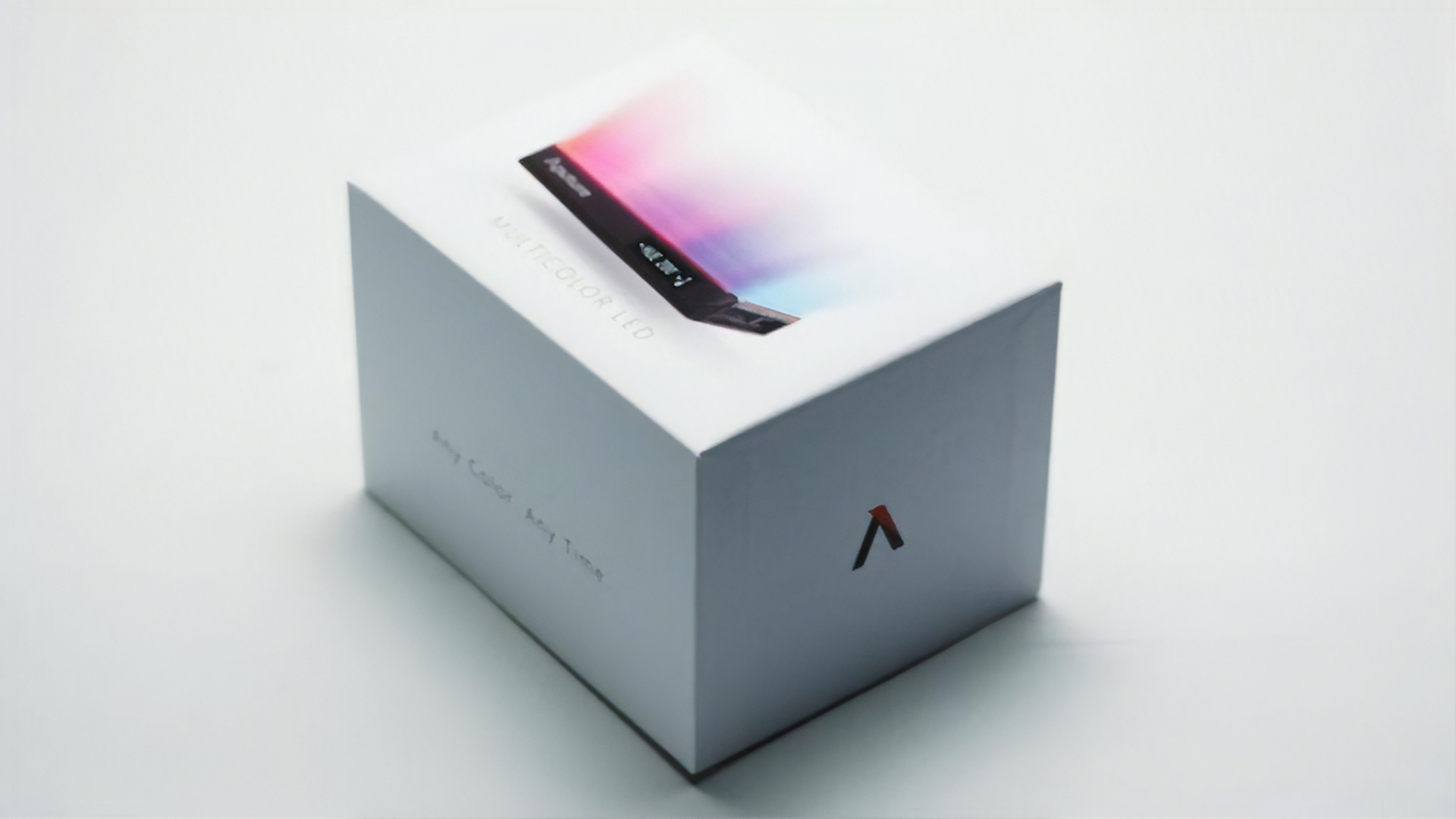
Aputure's MC is a surprisingly good take anywhere LED light. We think Phil Rhodes is rather enamoured with it!
It's well past the point where individual coverage of every LED light that comes out is interesting, but this one is really, really good.
Aputure has been teasing the MC for a while and made a big deal out of showing it at NAB. Twelve of them fit in a tidy case with magnetic retention and wireless charging, which takes about an hour and a quarter, and the light was shown operating as part of the company’s newly developed Bluetooth mesh network. The MC is visibly and functionally an update of the much simpler AL-M9, which we covered back in 2016 and adds not only a much better-made case plus the networking and wireless charging but also colour mixing.
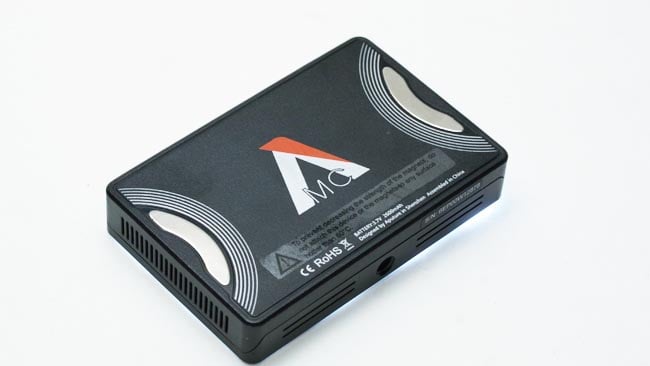
The two magnets are recessed slightly so that the light should not scratch an object it's magnetically clamped to
It's pretty trivial to throw some red, green and blue LEDs in a box and call it a multi-colour movie light, but what's really important is how a full-colour mixing light renders white. The MC is clearly (at least) a five-channel device, with red, green blue and two shades of white, and in white mode it appears to use only the two white emitter groups. Measurements of achieved CRI and TLCI were performed with the light set to 6500K, 5600K, 4200K and 3200K, at each of 100, 50 and 5% output, for a total of 24 data points spread over the whole range the thing will do. This lets us evaluate the light at its extremes of colour temperature setting and makes sure we'll know if the colour drifts as we control intensity.
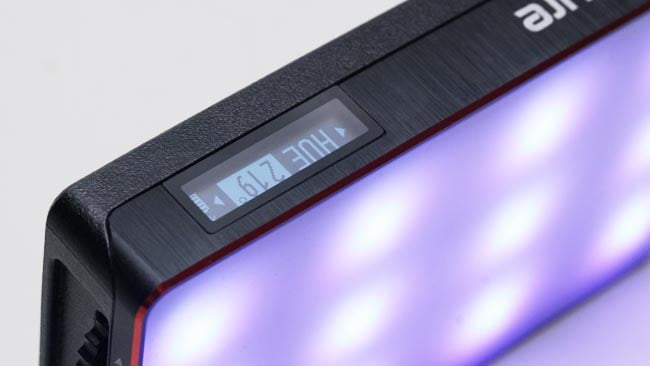
Colours are controlled using a conventional HSI interface. There is no consideration for observing a camera gamut limitation or other advanced features
As assessed by the UPRTek CV600 meter, colour quality on the MC is uniformly excellent, with no TLCI measuring below 97.6, achieved at 50% and 3200K. Otherwise, TLCI is mostly above 98. This exceeds even the superb Fiilex Q8 Travel, a light that's otherwise in no sense similar to the MC and not really comparable to it, but which achieved only slightly less spectacular colour quality results. Crucial R9 red results were all above 95 and even the difficult R12, which isn't even really emitted by most LEDs, fell off to only 82 at 5600K. It’s really hard to evaluate the output of something like this because it varies with the colour, but Aputure’s claim of 1000 lux at a foot is not too overblown. It’ll do that for an hour and a half on a charge.
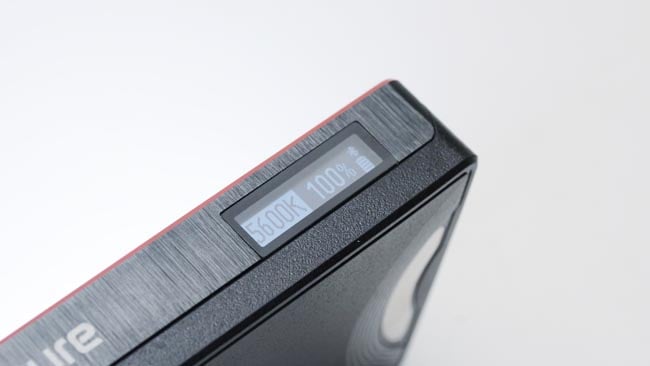
In white light CCT mode, colour quality is excellent
There are two problems, neither of which are fatal. The first is that the colour temperature indication is reasonably accurate at low colour temperatures, but becomes progressively less accurate as CT rises. At 6500K indicated, output measures 5916K. Differences in colour temperature become less visible at higher colour temperatures and so this is only representative of a mired shift of 16, equal to less than a one-eighth CT straw filter, but it might be marginally visible in a side-by-side test.
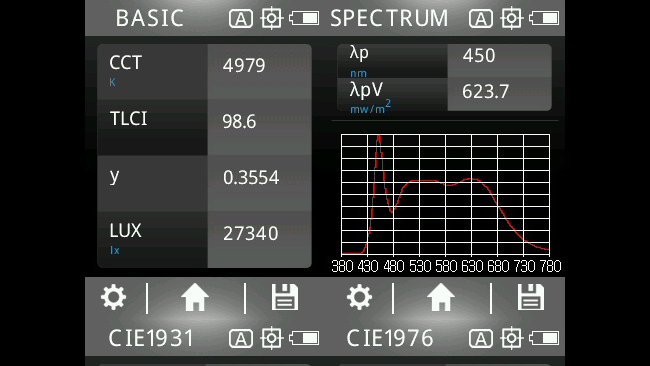
Notice the two soft peaks to the right of the blue — this is unusual, and suggests a new phosphor blend may be in use
The other issue is a missing feature: there is no green-magenta shift control on the MC. It ought to be possible to implement this, perhaps alongside a wider range of colour temperatures, using the red, green and blue LEDs, though this might fractionally compromise colour quality. Some commercially available lights achieve their entire colour temperature swing by blending in RGB light and may suffer a reduction in colour quality as a result, but the MC currently avoids that problem. All this does imply, of course, that the good colour quality derives mainly from the characteristics of the LEDs in use, rather than any particular genius behind the mixing algorithm.
![]()
A silicone diffuser is supplied and slips neatly and positively into place
Either way, it's a good set of results, with a nice smooth spectrum (overlooking the inevitable blue spike) that suggests some reasonably up-to-the-minute phosphor technology is involved. It looks a little like there's a green phosphor and a red one, as opposed to the single orange-yellow region we usually see. Anyway, if the MC is a precursor to similar performance in Aputures much-demoed, not-yet-released colour mixing panel, the future looks bright. Or, at our option, blue. Or red. Or anything else.
MC sells for US$90/90Euros
Tags: Production


Comments